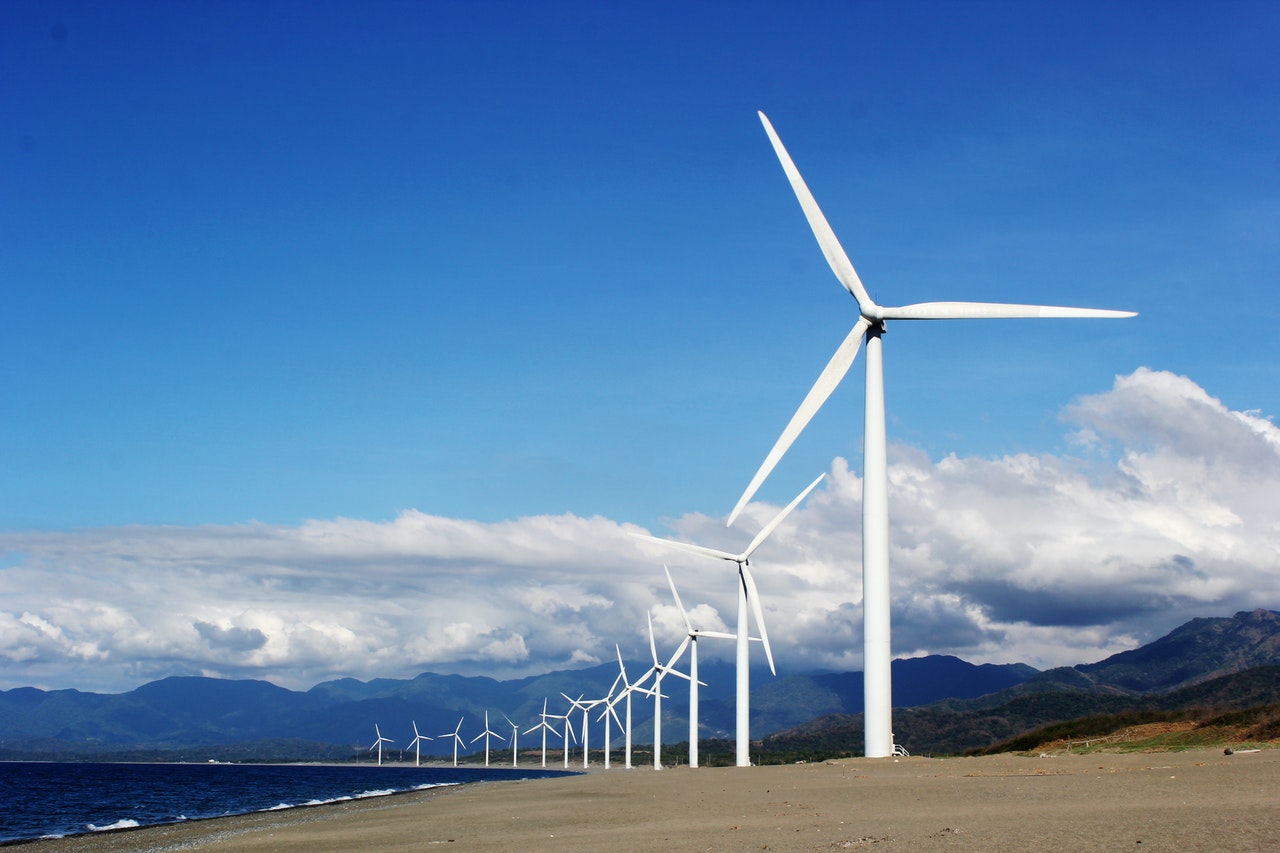Nowhere on the planet is the clean energy transition more important than Asia, which accounts for about half of global energy consumption and is now the world’s largest polluting area, surpassing past major polluters North America and Europe. Despite the economic constraints provided by the COVID-19 epidemic, several Asia-Pacific nations have continued to see record-breaking growth in renewables since 2020, Greenbiz.com writes.
We look at five examples from across the continent: the massive, developing economies of China, India, and Indonesia; Vietnam, which has had greater-than-expected success with renewables; and Bangladesh, one of many smaller Asian nations that may learn from regional leaders to green their own grid. These nations account for over 43 percent of the worldwide population and use more than 35 percent of the world’s energy.
China stated its intention to achieve carbon neutral by 2060 in September 2020, a significant follow-up to its prior pledge to peak carbon emissions by 2030. One year later, the world’s second biggest economy likewise pledged to halt developing coal plants abroad, but the specifics are yet unknown. Domestically, there has been encouraging progress: wind installations hit an all-time high of 72.4 gigatonnes (GW) in 2020, almost tripling from 2019. Meanwhile, solar came in second with 49.3 GW, a better than 60% rise over the previous year.
India vowed in November to attain net-zero emissions by 2070. While there is a 20-year gap between the government’s timescale and the scientific agreement on the need to attain net-zero emissions by 2050, India is still building its economy and pulling 360 million people out of poverty. India has a number of pressing concerns, the most pressing of which is energy dependability. Rural populations continue to experience repeated and extended power outages, which impede important services like as health care and education. Unlike China, where growth in energy demand is predicted to remain around 20% over the next two decades, India is on a rapid upward trend, with energy consumption expected to increase by about 70% between now and 2040. As a result, clean energy implementation will be critical for reducing emissions in India, the world’s third-largest power user.
Southeast Asia’s energy consumption, like India’s, is expected to expand at dizzying pace – about 60% between now and 2040. Much of this development will be driven by Indonesia, the region’s biggest economy by far. The good news is that Indonesia pledged at COP26 to phase out coal by the 2040s (subject to extra international help), expanding on a prior goal to achieve net-zero emissions by 2060. The bad news is that the nation is still a long way from reaching that goal, with fossil fuels accounting for 87 percent of capacity.
Vietnam, another country that agreed to phase out coal at COP26, made an extra commitment to achieve net-zero emissions by 2050, subject to international cooperation, as Indonesia did. Even when compared to bigger nations, Vietnam has achieved outstanding progress in sustainable energy as a medium-sized economy. Many of the top markets for renewable energy investment are expected to decline in 2020, while Vietnam stands out with an 89 percent rise – the third greatest in the world. Over the next several years, the nation is expected to add almost three times more renewables than the four other main Southeast Asian renewable energy markets combined.
Smaller countries play an essential role, particularly in areas where energy demand is high and expected to rise. Bangladesh is a case in point, with just 0.3 percent of the global economy but 3 percent of global energy consumption, and with energy demand expanding almost five times faster than the rest of the world.
However, unlike its neighbor, Bangladesh has failed to seize the lead in sustainable energy initiatives. While the country has achieved significant socioeconomic progress in recent decades, Bangladesh still confronts a number of development challenges: more than 20% of the population remains below the national poverty line, and growing urbanization has left many city inhabitants in severe poverty. Despite significant improvements in access to power (due in part to household solar), renewables still account for just 3% of the energy mix, falling short of Bangladesh’s initial objective of 10% by 2020. Land scarcity, delayed project clearances, and reliance on expensive imported equipment are just a few of the challenges. More importantly, substantial government subsidies for coal and gas continue, distorting market pricing and lowering renewables’ competitiveness.

